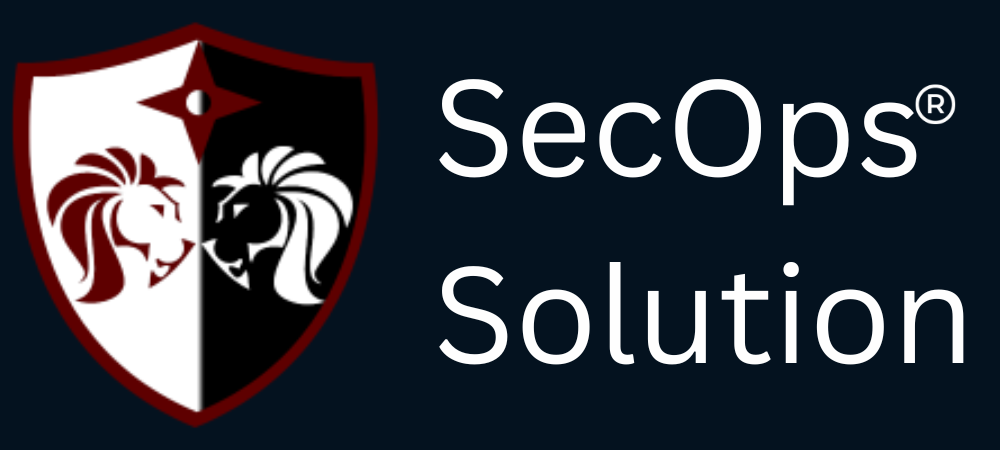
Agentless security for your infrastructure and applications - to build faster, more securely and in a fraction of the operational cost of other solutions

hello@secopsolution.com

Modern IT environments require consistent server maintenance to ensure performance, availability, and security. Whether it's cleaning logs, updating software, monitoring resources, or managing backups, manual operations are not only inefficient but also prone to human error. That’s where Bash scripting comes into play — a powerful tool to automate routine server maintenance tasks on Linux-based systems.
In this blog, we’ll explore how Bash scripts can be used to streamline server upkeep, showcase examples of key maintenance scripts, and explain how SecOps Solution simplifies these processes even further.
Here are some critical reasons to automate server maintenance with Bash:
Let’s look at some essential server maintenance operations that can be easily scripted.
#!/bin/bash
find /var/log -type f -name "*.log" -mtime +7 -exec rm -f {} \;
echo "Old log files deleted successfully."
This script deletes .log files older than 7 days.
#!/bin/bash
THRESHOLD=80
USAGE=$(df / | grep / | awk '{ print $5 }' | sed 's/%//g')
if [ $USAGE -gt $THRESHOLD ]; then
echo "Disk usage is above $THRESHOLD%. Current usage: $USAGE%" | mail -s "Disk Space Alert" admin@example.com
fi
This checks disk usage and sends an email alert if usage exceeds 80%.
#!/bin/bash
apt update && apt upgrade -y
echo "System packages updated successfully." >> /var/log/update.log
Run this regularly to keep your server secure with the latest patches.
#!/bin/bash
SERVICES=("nginx" "mysql" "ssh")
for SERVICE in "${SERVICES[@]}"; do
systemctl is-active --quiet $SERVICE || systemctl restart $SERVICE
echo "$SERVICE checked and restarted if inactive."
done
This ensures critical services are running, and restarts them if not.
#!/bin/bash
tar -czf /backups/home_backup_$(date +%F).tar.gz /home
echo "Backup completed at $(date)" >> /var/log/backup.log
Schedule this with cron to keep user data safe and archived.
Bash scripts reach their full potential when scheduled with cron. For example, to run a backup every day at midnight:
0 0 * * * /usr/local/bin/daily_backup.sh
This eliminates the need for manual oversight, reducing risks of forgotten maintenance tasks.
While Bash scripts are powerful, managing a fleet of servers manually still poses challenges like:
SecOps Solution helps overcome these challenges by offering:
Agentless Server Monitoring – No need to install any agent to check disk usage, service status, or configuration drifts.
Patch and Script Execution Automation – Run shell scripts across hundreds of servers from a central dashboard.
Universal Script Execution Policy – Enforce approved maintenance scripts only, reducing insider threats.
Audit and Compliance Reports – Maintain logs of all automated tasks for ISO, HIPAA, and other regulatory compliance.
Secure Credentials Management – Use vault-based secure authentication when your scripts interact with critical systems.
With SecOps Solution, your server maintenance becomes not only automated but also secure, scalable, and compliant.
Using Bash scripts for routine server maintenance is a smart move for any sysadmin or DevOps team. When combined with a centralized automation platform like SecOps Solution, the benefits multiply — giving you full control over your infrastructure with minimal manual effort.
SecOps Solution is a Full-stack Patch and Vulnerability Management Platform that helps organizations identify, prioritize, and remediate security vulnerabilities and misconfigurations in seconds.
To learn more, get in touch.